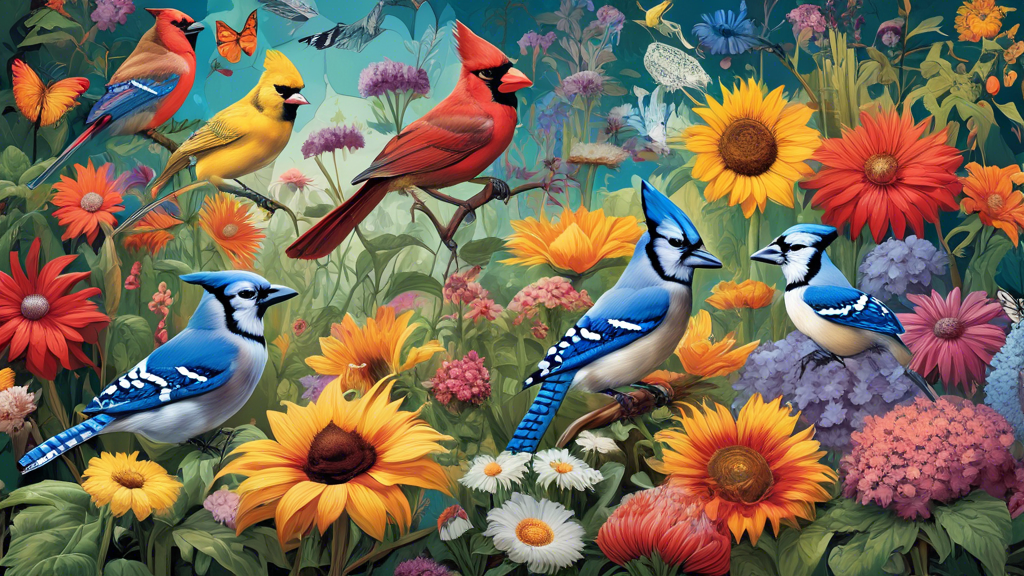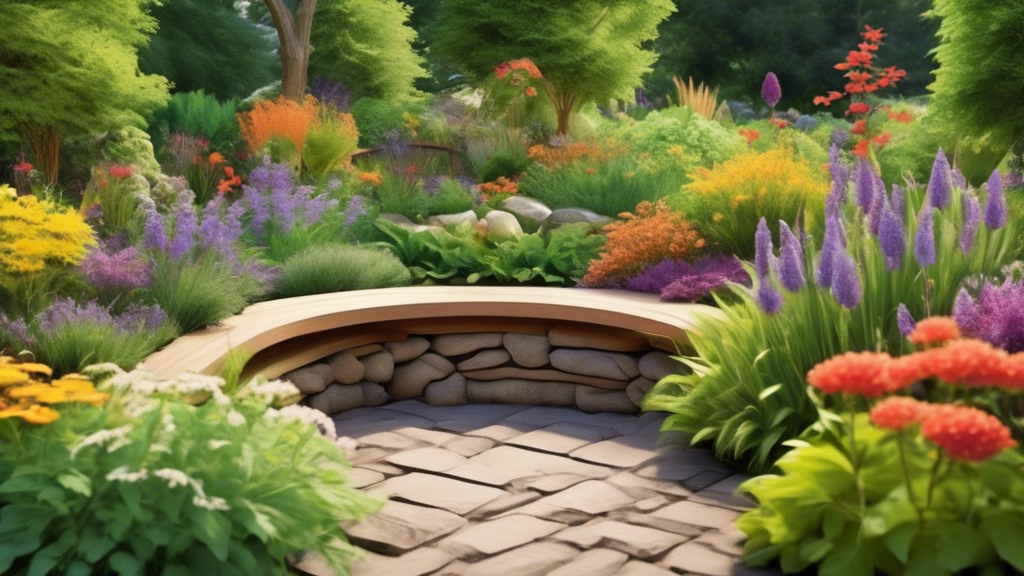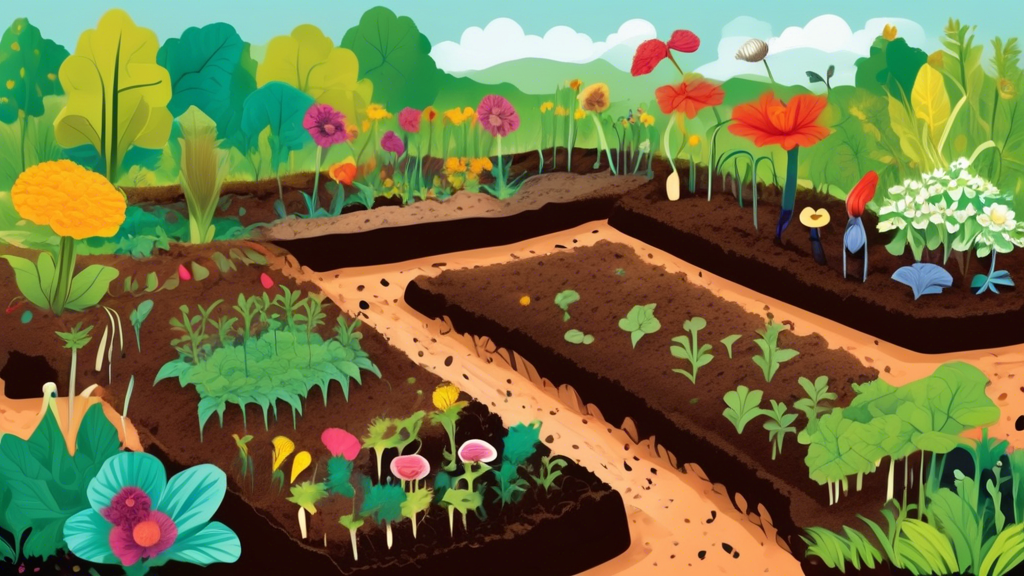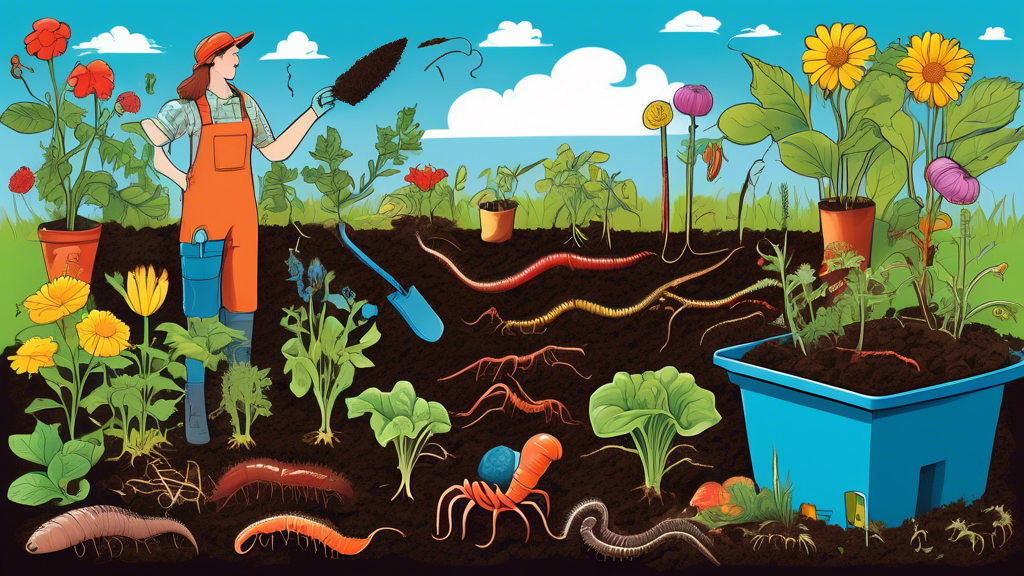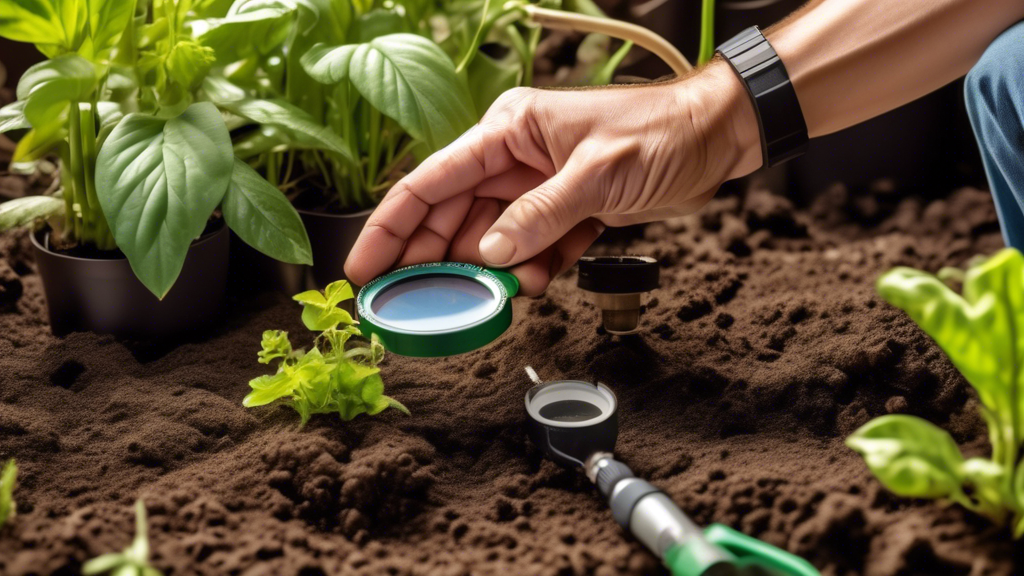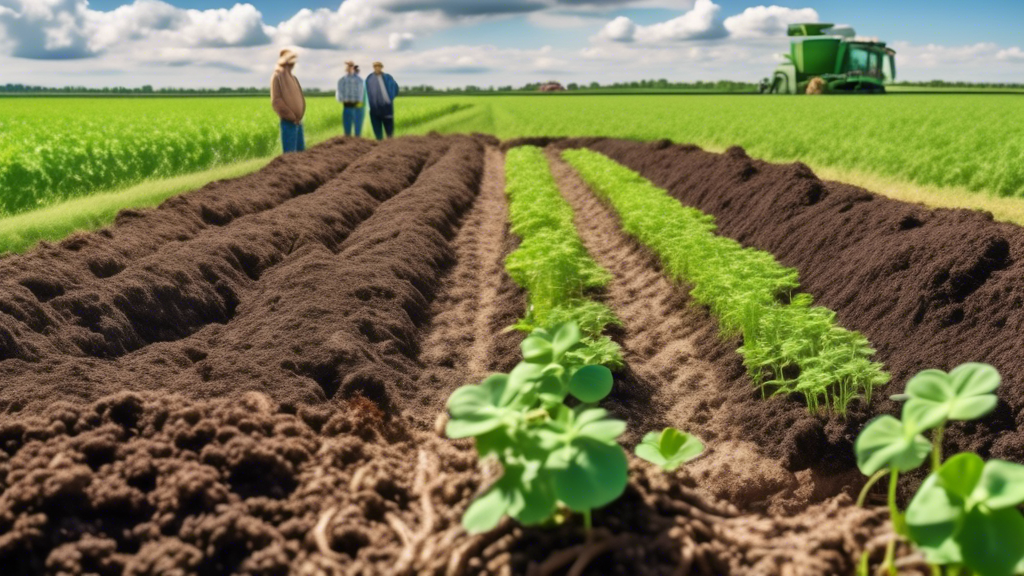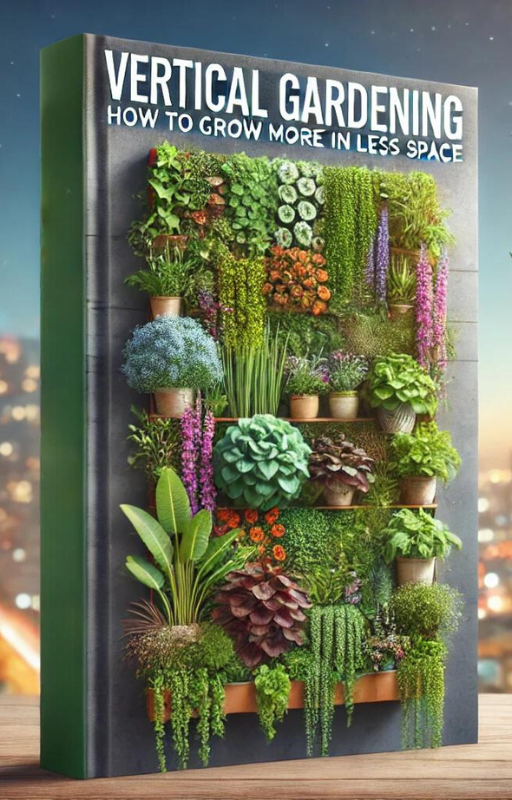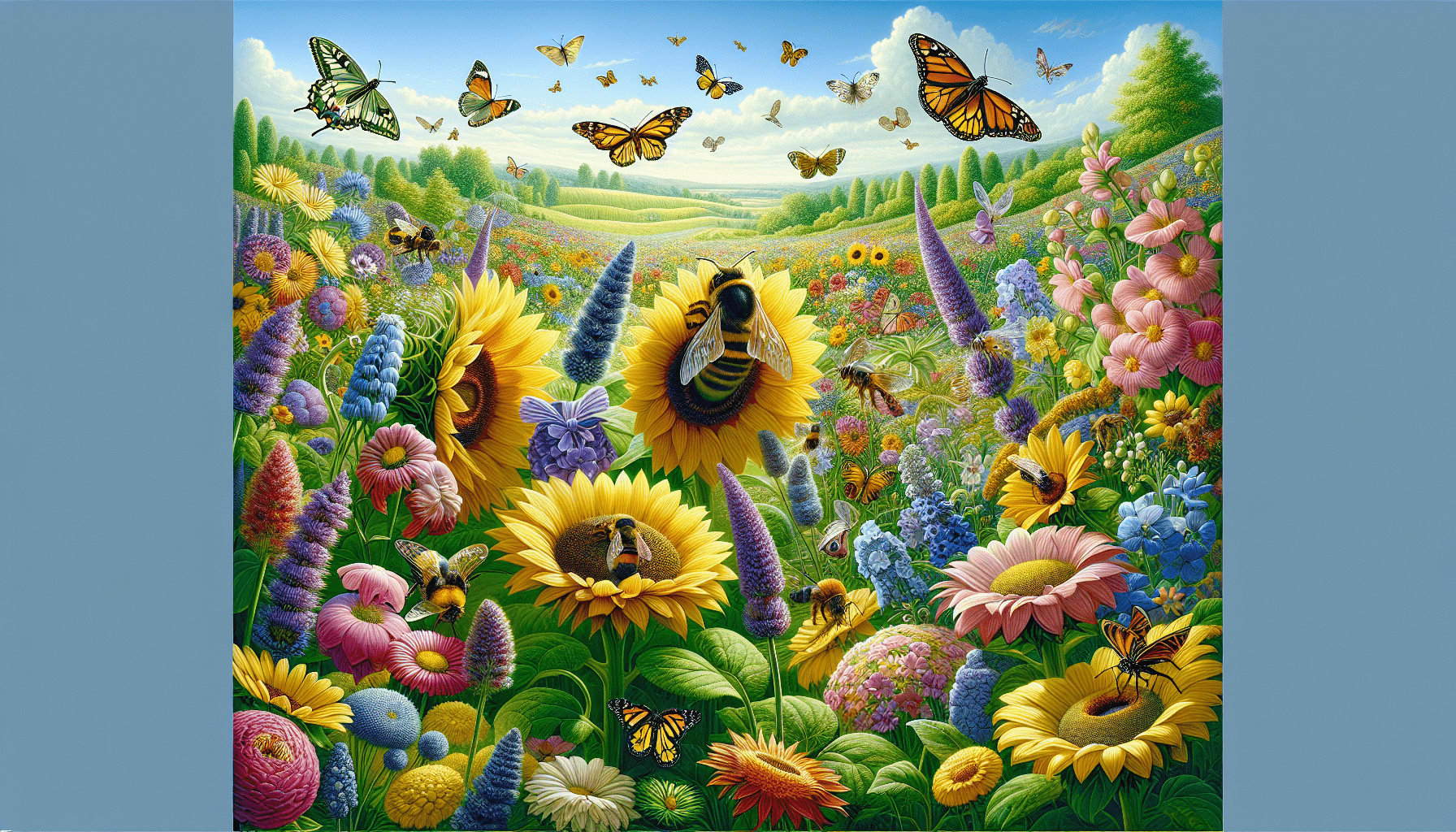
Why Your Garden Matters: The Urgent Need for Pollinators
The Pollinator Crisis: What’s Happening and Why
Our vital pollinators are facing a silent crisis. Habitat loss due to urbanization and industrial agriculture, widespread pesticide use, and the effects of climate change are causing dramatic declines in populations of bees, butterflies, bats, and other pollinating species. The impact is direct and personal: approximately one out of every three bites of food you eat relies on pollinators. From almonds and apples to coffee and cocoa, our food system’s health is inextricably linked to theirs.
Planning Your Pollinator Paradise
The Perfect Location: Sun, Shelter, and Safety
You don’t need a vast estate to make a difference. A sunny balcony, a small patio, or a corner of your yard can become a critical habitat. The key is to find a spot that receives at least six hours of sunlight daily, is sheltered from strong winds, and is located away from areas where chemical pesticides or herbicides are used.
Designing for Diversity: A Buffet for Pollinators
When designing your garden, think like a pollinator. They perceive a different color spectrum than humans and are powerfully drawn to blues, purples, whites, and yellows. A unique and highly effective strategy is to plant in large clusters or “drifts” of a single species. This creates a massive, unmistakable “landing pad” that is far easier for pollinators to spot from a distance than a collection of single, scattered plants. Also, incorporate a variety of flower shapes to cater to different species—tubular flowers for hummingbirds and long-tongued bees, and flat, open flowers for butterflies and beetles.
Choosing the Right Plants: The Heart of Your Garden
Go Native: Why Local Plants are a Game-Changer
The most impactful choice you can make is to select plants native to your specific region. These plants have evolved alongside local pollinators over millennia, forming symbiotic relationships that non-native plants simply can’t match.
| Feature | Native Plants | Non-Native Cultivars (e.g., Double-Flowered Hybrids) |
|---|---|---|
| Pollen & Nectar | Rich, abundant, and perfectly suited to local pollinators. | Often bred out; may be sterile or offer little nutritional value. |
| Water & Care | Adapted to local climate, requiring less water and maintenance. | Often need more watering, fertilizing, and care to thrive. |
| Ecological Role | Host plant for butterfly and moth caterpillars. | Rarely supports local insect larvae. |
Ensuring a Season-Long Feast
A common pitfall is creating a garden that only blooms for a few weeks. Pollinators need food from early spring when they first emerge to late fall as they prepare for winter. Plan your garden to have a sequence of blooms.
| Season | Example Native Plants |
|---|---|
| Early Spring | Golden Alexanders, Wild Lupine, Virginia Bluebells |
| Summer | Purple Coneflower, Bee Balm, Blazing Star |
| Late Summer/Fall | New England Aster, Goldenrod, Joe-Pye Weed |
Beyond the Blooms: Creating a Complete Habitat
Say No to Pesticides: Protecting Your Tiny Guests
Insecticides, even those labeled “natural,” can be harmful or fatal to pollinators. If you’re worried about pest control, embrace organic solutions. Introduce beneficial insects like ladybugs, use horticultural oils or insecticidal soaps as a targeted treatment, or simply hand-pick larger pests like caterpillars (and consider relocating them instead of killing them).
Providing Water, Shelter, and Nesting Sites
Pollinators need more than just food. A shallow birdbath with stones for landing spots provides essential water. For shelter, a unique and often overlooked fact is that roughly 90% of native bee species are solitary and nest in the ground, not in hives. You can support them by leaving a small, bare, sunny patch of undisturbed soil in a corner of your garden. For wood-nesting bees, you can install a “bee hotel” with hollow reeds or drilled wood blocks. Also, leaving a small pile of fallen leaves or a dead log provides crucial overwintering habitat for butterflies, beetles, and other beneficial insects.
Common Pitfalls and How to Avoid Them
The “Too Tidy” Garden
Resist the urge to create a perfectly manicured, mulch-covered landscape. A pristine garden is a desert for wildlife. Allow some areas to be a little wild—leave plant stems standing through winter and let leaf litter remain to provide essential nesting and overwintering sites.
Overlooking the Caterpillar (The Baby Food Source)
If you see caterpillars munching on your plants, celebrate! You have successfully provided a host plant, which is the nursery for the next generation of butterflies and moths. Instead of removing them, plant enough so that you can share. For example, planting Common Milkweed is non-negotiable if you want to support the iconic Monarch butterfly.
Frequently Asked Questions
I have a small space. Can I still help?
Absolutely! Every little bit counts. A single pot with a native flowering plant on an apartment balcony provides a vital rest stop and food source for a traveling bee or butterfly. Container gardening is a perfectly valid and powerful way to contribute.
What’s the single most important thing I can do?
Plant a native, flowering plant. This simple act provides the most direct and effective support for local pollinators and is the foundational step to creating a vibrant ecosystem.
Are honeybees the only pollinators I should care about?
Not at all. While European honeybees get most of the attention, they are essentially managed agricultural animals. The real diversity lies with over 4,000 species of native North American bees (such as bumble bees, mason bees, and leafcutter bees), plus countless species of butterflies, moths, flies, beetles, and hummingbirds, all of which are irreplaceable pollinators.
How long until I see pollinators in my new garden?
Some pollinators, like bumble bees, may discover your garden within days. However, building a stable, thriving ecosystem can take a full season or two. The key is patience and consistency. If you provide the resources, they will find you.
Your Next Steps: Join the Movement
You now have the blueprint. Remember the core principles: prioritize native plants, ensure blooms throughout the seasons, eliminate pesticides, and provide water and shelter. Start with a single plant or a small garden bed and watch the life it attracts. By taking these steps, you are not just planting a garden; you are building a lifeline for pollinators and actively creating a vibrant ecosystem in your own community.
